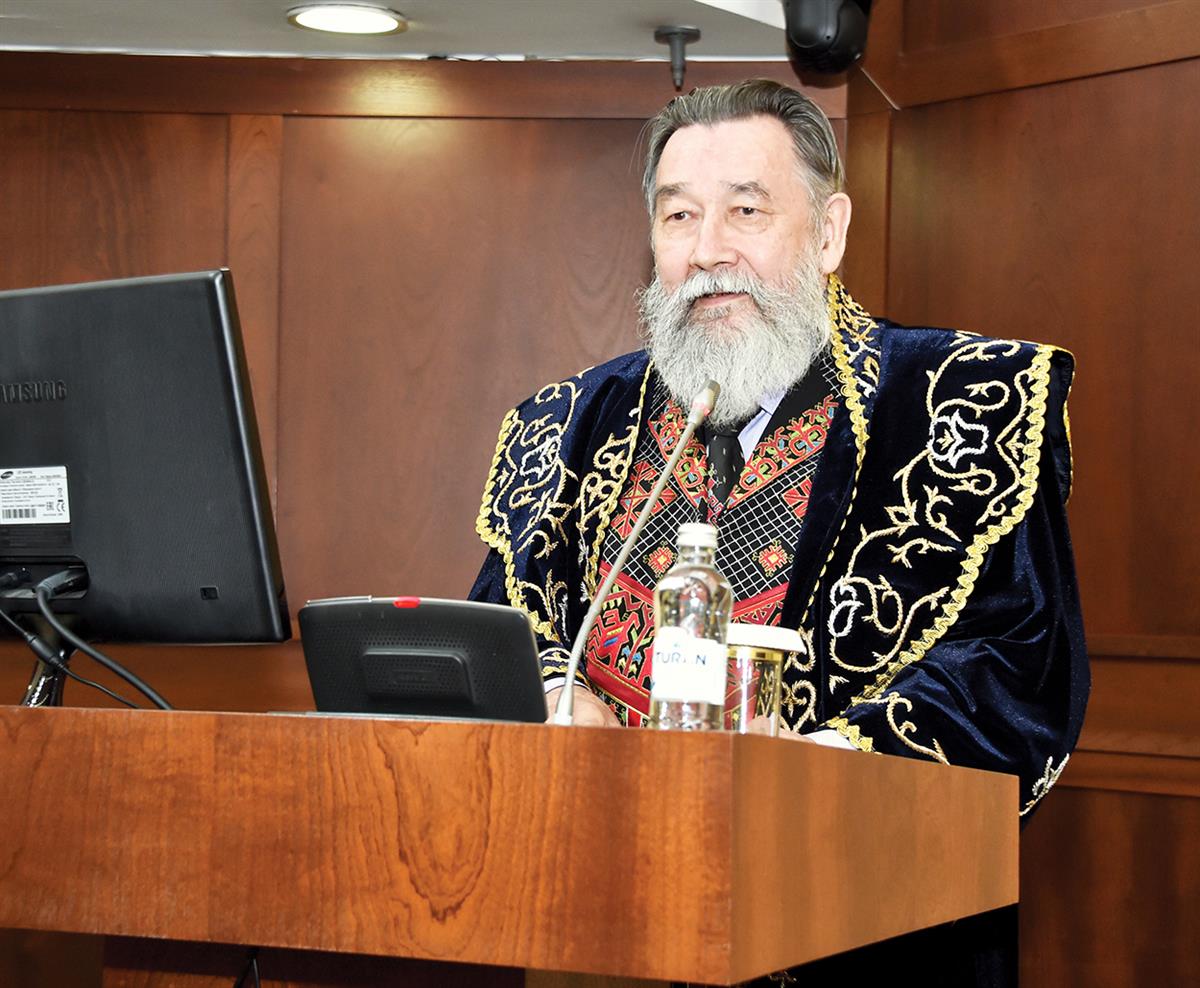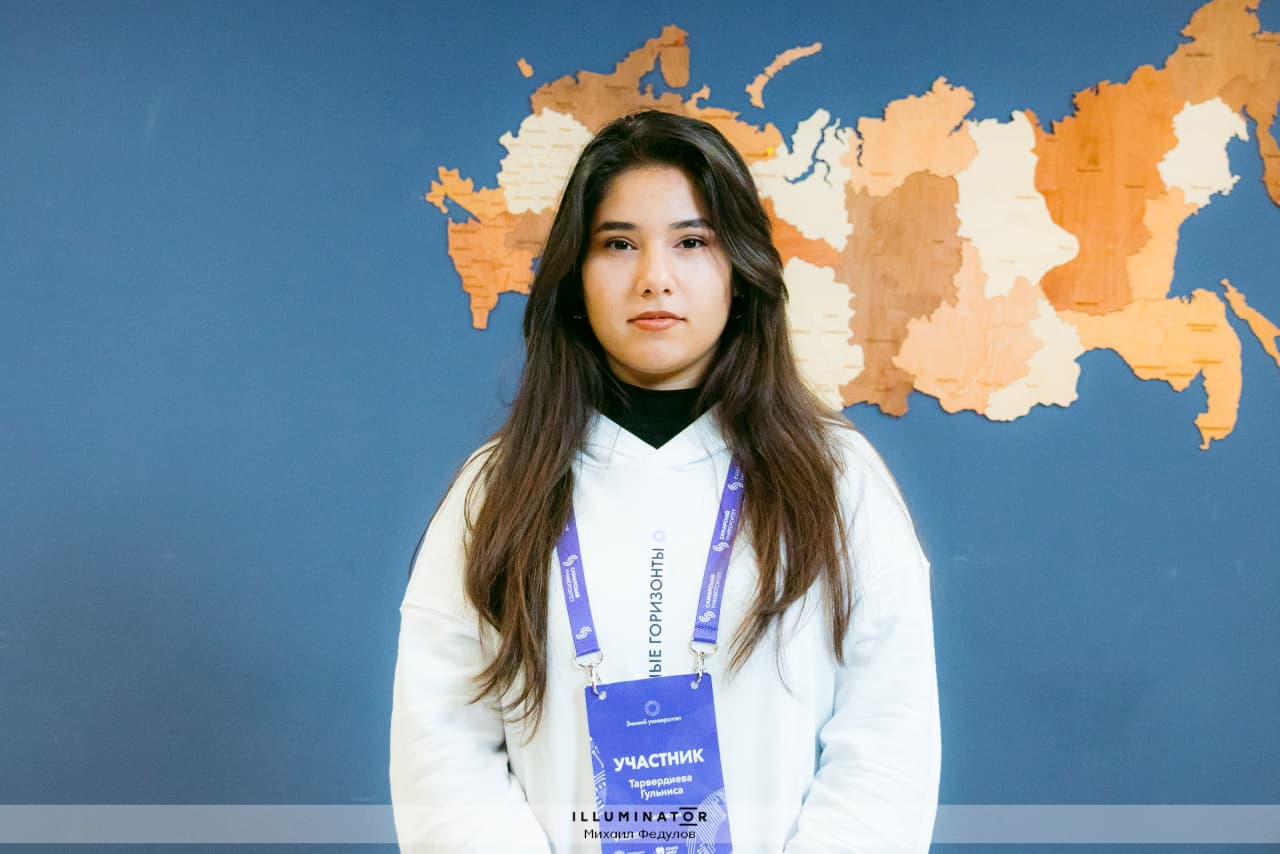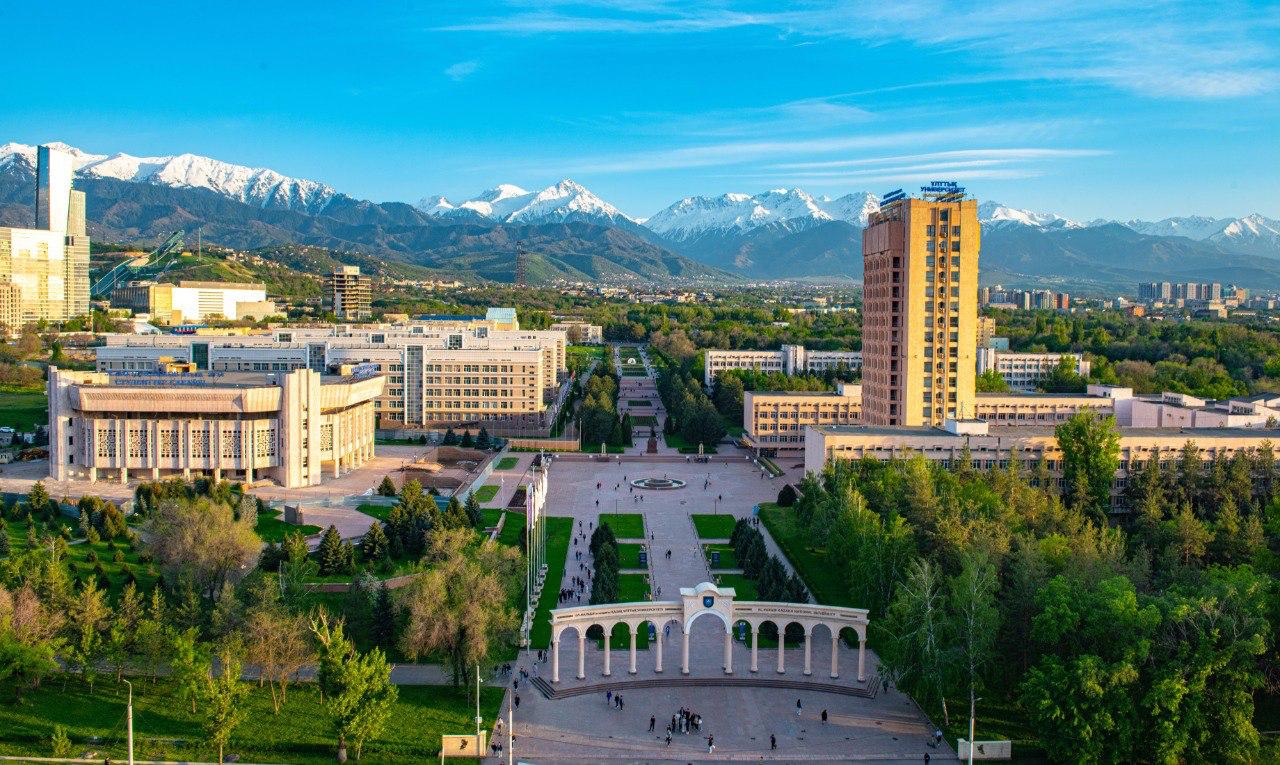- Main
- Science
- NIKOLAI EGOROV, MEMBER OF THE PRESIDIUM OF THE INTERNATIONAL ASSOCIATION OF TURKOLOGISTS: THE TURKS DERIVED FROM THE TERRITORY OF KAZAKHSTAN
NIKOLAI EGOROV, MEMBER OF THE PRESIDIUM OF THE INTERNATIONAL ASSOCIATION OF TURKOLOGISTS: THE TURKS DERIVED FROM THE TERRITORY OF KAZAKHSTAN

The famous Turkologist, Doctor of Philology, Professor, member of the Presidium of the International Association of Turkologists Nikolai Egorov visited Al-Farabi Kazakh National University and gave a leadership lecture on "Current Problems of Turkology and Altaic Studies in the Light of the Development of the Research University". The world-renowned scientist was introduced by the rector of KazNU, Professor Zhanseit Tuimebayev. In his welcoming speech, he noted the high merits and contribution to world science of the famous Turkologist, researcher of the Chuvash language and history, Nikolai Ivanovich Egorov. "We have known each other for more than 40 years. We were once young scientists of the Committee of Soviet Turkologists. When we opened the Institute of Turkology and Altaic Studies, Nikolai Ivanovich joined us. And now he is the Chief Researcher of our institute" said the head of the university. By the decision of the Academic Council of the University, Professor Egorov was awarded the title of Honorary Professor of Al-Farabi Kazakh National University. The Rector of KazNU also presented him with a government award from the Assembly of Peoples of Kazakhstan, signed by the President of Kazakhstan K.K.Tokayev.
Since I was appointed a researcher at the Research Institute of Turkology and Altaic Studies, let me present my thoughts of the future of our common Kazakh Research Institute of Turkology and Altaic Studies. According to my idea, the focus of the Research Institute should be the sphere of diochronic study of the peoples, cultures and languages of the Turkic world, their close relationship with other historically contacted people of Central Asia. Turkology at the modern level acquires a wide scope and content and is perceived as a set of not only linguistic, but also socio-humanitarian disciplines. Historical science is the history of a region or the history of a people. And the history of the region is a geographical science. On this territory, let's say Kazakhstan, different peoples lived at different times, the main of which are the eastern Iranian tribes of the Scythian-Saka circle, and then they were replaced by Turkic–speaking tribes: the Oguz and Kipchak. The system of production and dissemination of Turkological knowledge is the main task facing the Research Institute of Turkology and Altaic Studies. It is like a complex scientific discipline of radio-canonical linguoculturology of ethic groups. In fact, it is not only linguistics, it is their language and culture in inseparable unity.
What is primary: people, culture or language? As a linguist I would first of all vote for language, but in fact, if you look closely, language is only a verbal sign of really cultural aspect. That is, the primary is still the history of culture. An ethnos is a group of people united by a single culture. And language is a symbol of cultural values, as one of the forms of manifestation of national culture. So the Research Institute of Turkology and Altaic Studies should deal with the history of the culture of the Turkic-speaking peoples. In the first place in this field is diochranic linguistic comporativistics, because we have written sources on the Turkic peoples. Turkic sources date back quite later, they date back to the XIII century, these are the Orkhon-Yenisei writings. There are also more ancient written monuments. The history of the Turkic peoples begins much earlier. The earlier history of the Turkic peoples, the pre-written history, we can learn only through the medium of a comparatively historical study of the language. The language reflects the culture of the people.
The main areas of study of the Research Institute of Turkology and Altaic Studies are cultural genesis, then linguogenesis and, collectively, ethnogenesis, the ethnic history of the Turkic-speaking peoples for the stretches of the modern level of scientific development available to review and up to the late Middle Ages, in reality up to our time. The priority is the cultural genesis. Archaeological sources are important for the study of pre-cultural epochs. The main problem is the lack of methodology for studying the history of the Turkic-speaking peoples of the pre-written era. But this is a matter of bait, it will come with time.
When we talk about the Turks, such a very sensitive question arises: "Who are the Turks?" There are the first mentions of the Turks in Chinese sources dated back in the V century BC on the territory of the southwest of the Gobi desert, the "Turkie" people, who are considered the ancestors of the Turks. But we don't know what language they spoke. The East Iranian ethnonym "Turk" was first recorded by Herodotus back in the V century BC. They lived on the territory of modern Kazakhstan. At that time, these were the tribes of the Scythian/Saka circle. The monuments of the first Turkic khaganate, which have preserved, have been written in the Sogdian language, and the Oguz-Turkic language dominates in the second Turkic khaganate. Since that time, we can say that there really were Turkic-speaking tribes. And they were in power. Somewhere in the IX-X centuries, the Turkic khaganate disintegrated, the population scattered in different directions, and this is where the history of the ancient Turks ends and the history of the Mongols begin.
The homeland of the Oguz was located on the territory of Manchuria, in modern inner Mongolia and in the northern regions of China. Turkic-speaking tribes lived here. Why did Proto-Turkic society disintegrate? Here, again the culprit is the population of the modern territory of Kazakhstan. We know from archaeological indicators that in the VII-VIIIcenturies BC in Sary-Arka, during the drought, the population diverges in search of a suitable ecological niche. Some of them went north to the Khakasko-Minusinsk basin, some went south through the Dzungarian Gate and through the Gansu corridor, bypassed the Gobi Desert from the south and reached the habitat of proto-Turkic tribes. There, contacts with Eastern Iranian tribes with local Turkic-speaking tribes began. By this time, the Turkish-speaking tribes had already mastered cattle breeding from the first generation of migrants from the territory of Kazakhstan of the Andronovo culture, who brought chariots and other novelties to China. That generation didn't know riding yet. And this stream came there on horses. And here the local Turkic-speaking tribes are engaged in nomadic cattle breeding and begin to wander from about the Beijing area to Eastern Mongolia and Transbaikalia. When hunting and pastoral tribes switch to a productive economy, their number begin to grow rapidly.
In modern Mongolian languages, Hungarian researchers have identified 1,500 Oguz-Turkic interchanges. For comparison, Hungarian scientists counted about 500 Finno-Ugric root words in Chuvash with the neighboring Mari language. Naturally, at first glance it seemed that the Turkic and Mongolian languages have a lot in common in the structure of the language. Therefore, linguists formed the Altai theory and published primary grammars of the Altai languages. After the publication, scientists began to criticize the Altai theory.
Nikolai Ivanovich, as a researcher of the Chuvash language and history, answering questions from the audience regarding his native language commented the following: "According to the results of the last census, we have lost almost half of the population over the past 20 years; there were more than two million people, 1.65 million remained. And Tatars have decreased by 500 thousand people over the past 10 years. These are very frightening numbers. There are still villages still living, but only old people remain there, many villages are dying. There are no young people in the villages, the birth rate is falling. It is not possible to teach the Chuvash language to urban youth. During the years of perestroika, we started teaching the Chuvash language in all city schools, and then President Putin came to Yoshkar-Ola and said that languages should be studied at the request of parents or students. After that, everything stopped. In Tatarstan, in general, the prosecutor's office began to wool schools, and the compulsory teaching of native languages gradually disappeared. Tatars are still fighting, but we can say that Chuvash intelligentsia has not remained. There are doctors, there are universities, but there is no mass flow. By the way, when I worked at the Chuvash State University, we recruited 100-130 people for the full-time department, part-time students reached 100. And now there are only 35 students studying in Chuvash. Fewer than 10 students graduate per year. That's the situation."
Other news


